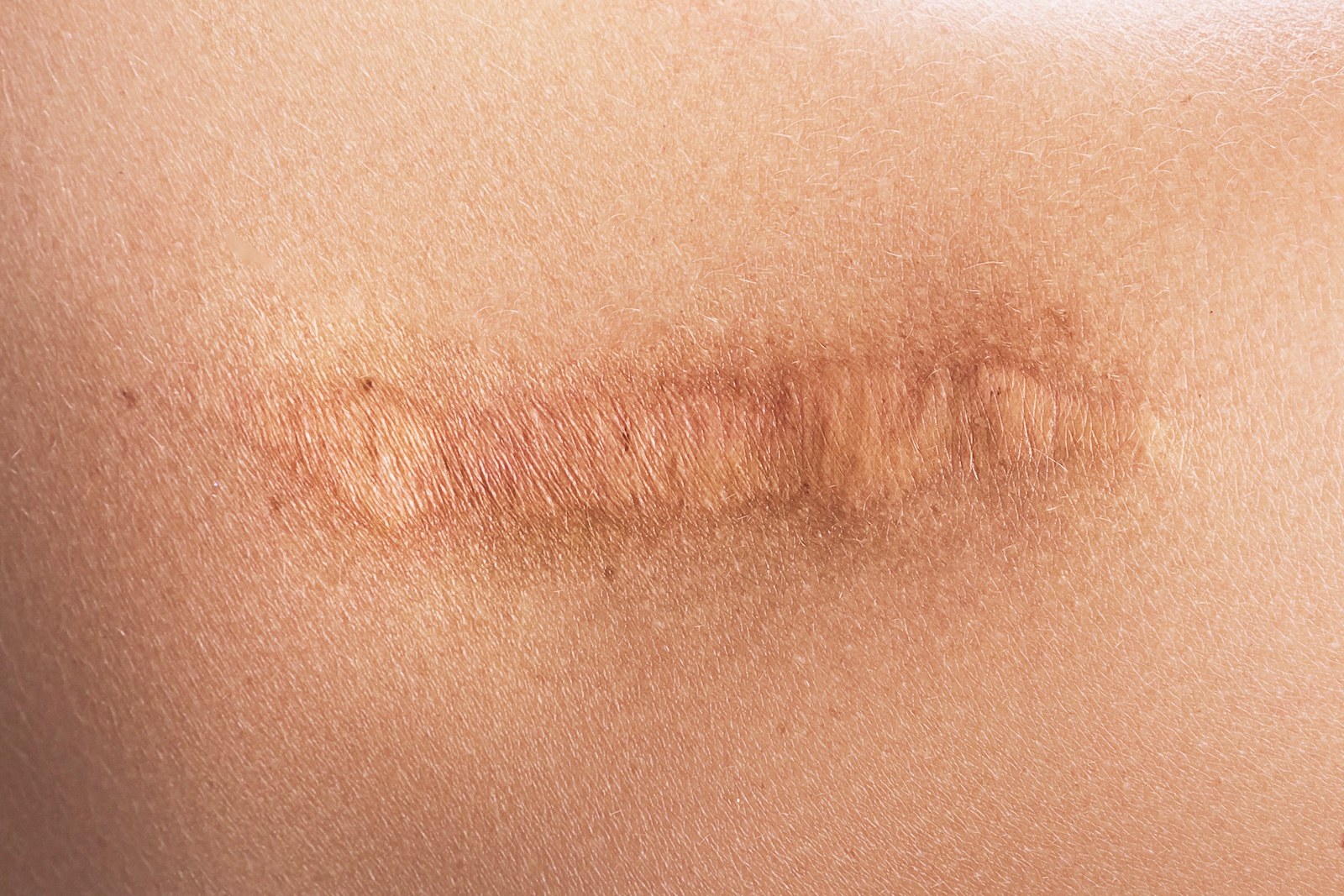
Background: Describe the technique and outcomes of the conversion of prior anterior cervical discectomy and fusion (ACDF) with pseudarthrosis to an artificial disc replacement (ADR). Methods: Case report. Five patients completed the following pain and function questionnaires at baseline and postoperatively: visual analog pain scale (VAS), Neck Disability Index (NDI), PROMIS Emotional Distress-Depression Short Form-4a (P-EDD), PROMIS Pain Interference Short Form 6b (P-PI), and PROMIS Physical Function Short Form-10a (P-SF). Pseudarthrosis was diagnosed using computed tomography imaging of the cervical spine. The level of prior fusion with pseudarthrosis was remobilized after a standard anterior approach was made, and an artificial disc replacement was performed after revision discectomy. Results: The conversion of fusion to ADR was successful in all 5 patients without intraoperative or postoperative complication or the need to perform revision fusion. The average follow-up duration was 12.4 months (range 6-24months). VAS improved on average (median) from 6 (6.0) to 2 (2.2), NDI improved from 23 (21) to 15 (17), P-EDD 4a improved from 11 (11) to 4 (4), and P-PI and P-SF improved from 23 (22) to 16 (19) and from 37 (35) to 41 (39.5), respectively. Radiographic range of motion increased at the fusion conversion level from an average of 1° ± 1.2° to 8.1° ± 4.6° after the insertion of the artificial disc replacement. Conclusions: The reversal of ACDF and conversion to an artificial disc replacement is feasible and achieves postoperative range of motion that is similar to that achieved when performed in a segment not previously fused.
Ready to reclaim your life? Get in touch with Dr. Lanman Today.
FOLLOW US ON SOCIAL MEDIA | @ADRSPINE




